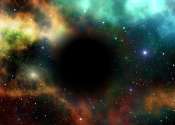New methods will allow for better tests of Einstein's general theory of relativity using LIGO data
Albert Einstein's general theory of relativity describes how the fabric of space and time, or spacetime, is curved in response to mass. Our sun, for example, warps space around us such that planet Earth rolls around the sun ...









